Iran's currency hit an all-time low in the foreign exchange market this week, with 1 USD for over 41,000 IRR. This devaluation could, in theory, be an opportunity for Iranian exporters, but things are more complicated for fresh produce exporters.
Is the devaluation of the IRR against the USD an opportunity? To answer this question, we spoke to Mr. Morteza Khanouki, marketing, and sales manager of Fajr Safa, one of Iran's largest exporters of fresh fruit. The company has the largest pomegranate plantations in Iran, as well as modern hydroponic tomato greenhouses. With over 2000 ha of land, the company exports 70% of its production and is an Iranian exception.
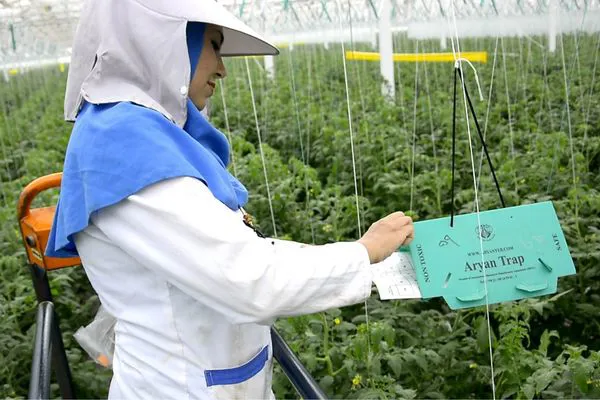
"Yes and no," answers Mr. Morteza and summarizes the complex situation. While Iranian producers are not necessarily affected by rising energy costs, the devaluation of the dollar will not automatically translate into increased exports of fresh produce due to logistical and mostly political factors.
First, it is worth remembering that Iran produces its own energy, including gas and fuel, and Iranian producers have enjoyed very low energy costs for decades. Mr. Morteza explains: "At a time when energy costs are rising for the rest of the world, ours remain very low. However, our costs of importing specific fertilizers and packaging not produced locally are increasing, and this increase is compounded by the devaluation of the Iranian currency." According to Mr. Morteza, local packaging and fertilizer producers could take advantage of the situation and replace exports, especially by improving quality.
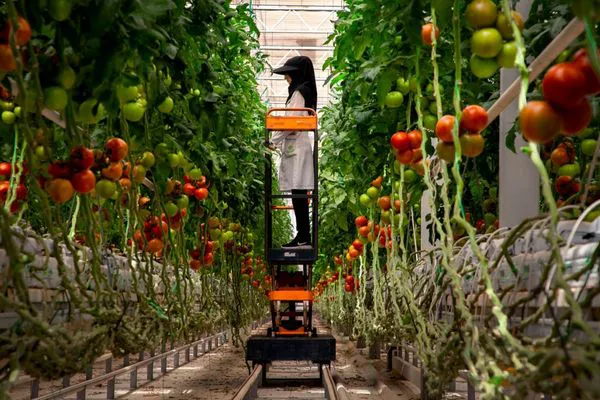
But in the other direction, will the devaluation of the IRR reduce the price in foreign currency of Iranian fresh produce? Yes, according to Mr. Morteza, but in the fresh produce sector, this may not bring value as the majority of Iran's fruit, and vegetable exports were already at a low price.
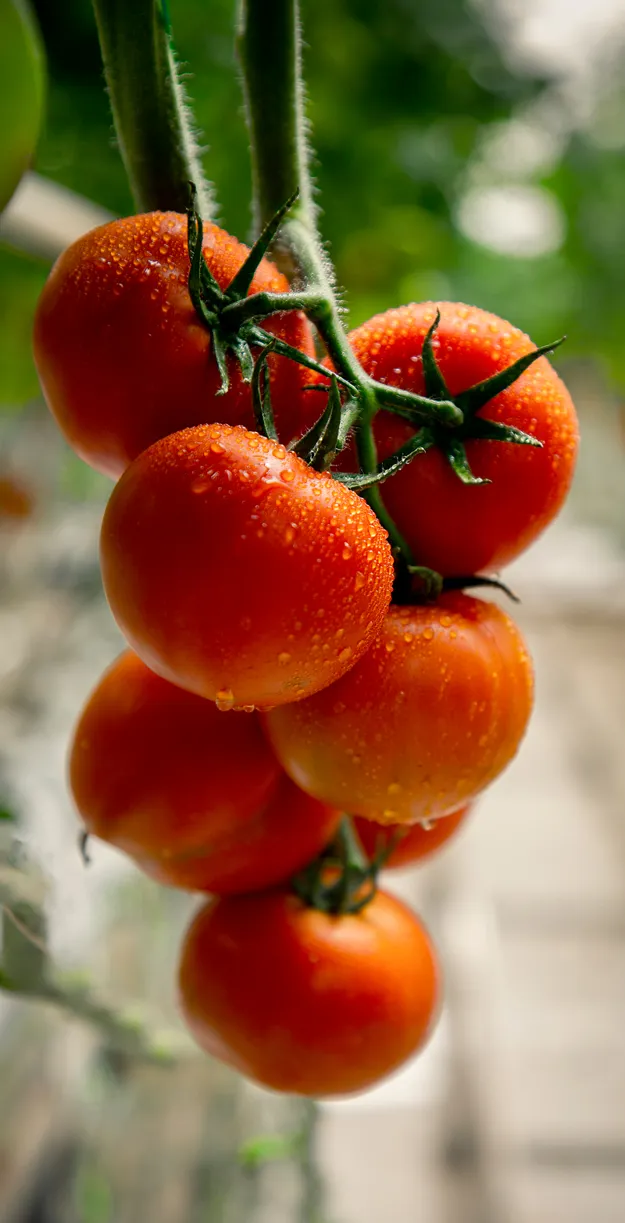 M. Morteza explains, "Let's take tomatoes as an example: Iran is one of the largest exporters of tomatoes in the world, but the majority of Iranian producers work in open fields, on small areas of no more than 1 ha, and aggregate to export only the surplus of their production at very low prices. If 90% of exports are at low prices, customers will expect the remaining 10%, which is our much better quality production, to be at the same price level. And I don't like this. Increasing the quantity is not necessarily good for premium products". In fact, Fajr Safa has much higher costs than smallholder producers because it is one of the few to invest in agricultural technology and produce in greenhouses.
M. Morteza explains, "Let's take tomatoes as an example: Iran is one of the largest exporters of tomatoes in the world, but the majority of Iranian producers work in open fields, on small areas of no more than 1 ha, and aggregate to export only the surplus of their production at very low prices. If 90% of exports are at low prices, customers will expect the remaining 10%, which is our much better quality production, to be at the same price level. And I don't like this. Increasing the quantity is not necessarily good for premium products". In fact, Fajr Safa has much higher costs than smallholder producers because it is one of the few to invest in agricultural technology and produce in greenhouses.
It is therefore not interesting for Fajr Safa to give in and reduce prices further, as it positions itself in a premium product range. However, the company does not have easy access to Western markets, whose consumers could benefit from a quality product at an affordable price. Several factors make it difficult to access these markets, including logistical and political factors.
Mr. Morteza adds: "Geographical distance obviously makes Spanish, Moroccan, or even Turkish producers more competitive than us in Western markets. Their transport costs are lower, not to mention that fresh produce will not survive long sea transits". The other reason is that there is no bank transfer system between Iran and Europe due to the political situation. Iranian producers are forced to go through third parties in other countries and make complex and costly, albeit legal, financial setups.
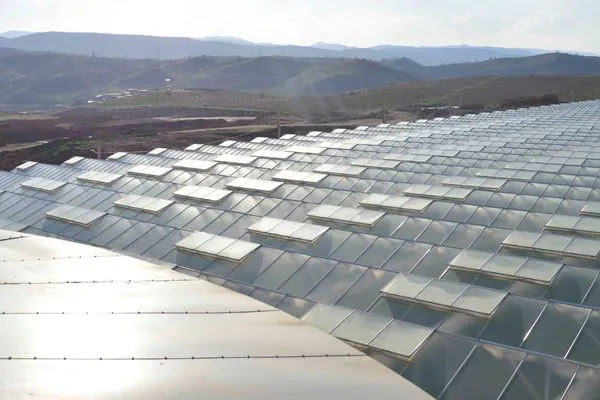
Fajr Safa, therefore, deals with its neighbors in Russia, UAE, Qatar, Oman, Iraq, Kazakhstan, and Armenia. Yet again, the reality didn't follow good theoretic scenarios. "We were expecting higher demand from Qatar, which is hosting the World Cup, but this did not happen for inexplicable reasons. Same story in Russia, which we expected to increase its demand due to shortages, but again this has not happened", explains Mr. Morteza.
To address the elephant in the room, the political factor is imposing and determining. "Normal operation depends on crucial decisions, including reaching peaceful agreements with Europe and the United States," Mr. Morteza points out.
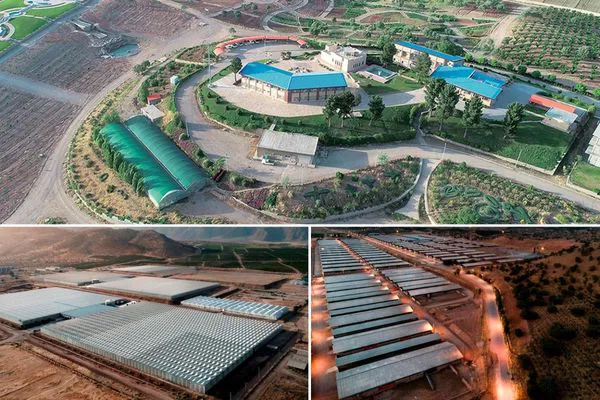
Meanwhile, Iranian fresh produce exporters are trying to secure sales and finish the season without losses. "We are trying to survive," says Mr. Morteza. The exporter says he is used to playing in a difficult configuration. Even so, the company is an exceptional success story in Iran and is one of the few to export the largest part of its produce.
"We rely on the quality of our products. For example, we produce the very popular Naar pomegranates, which originated in Iran. We grow a very special variety that is sour-sweet. Our tomatoes are also very good, even better than the European tomatoes that we are replacing in the high-end market in Iran. Given the difficult conditions, we are demonstrating a very good performance overall".
For more information:
Mr. Morteza Khanouki
Fajr Safa
Phone number: +989131995808
Email: [email protected]
